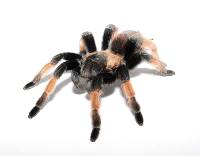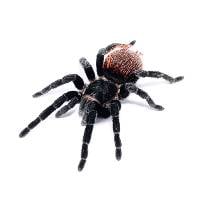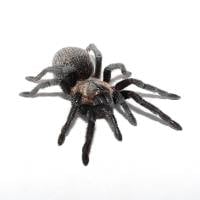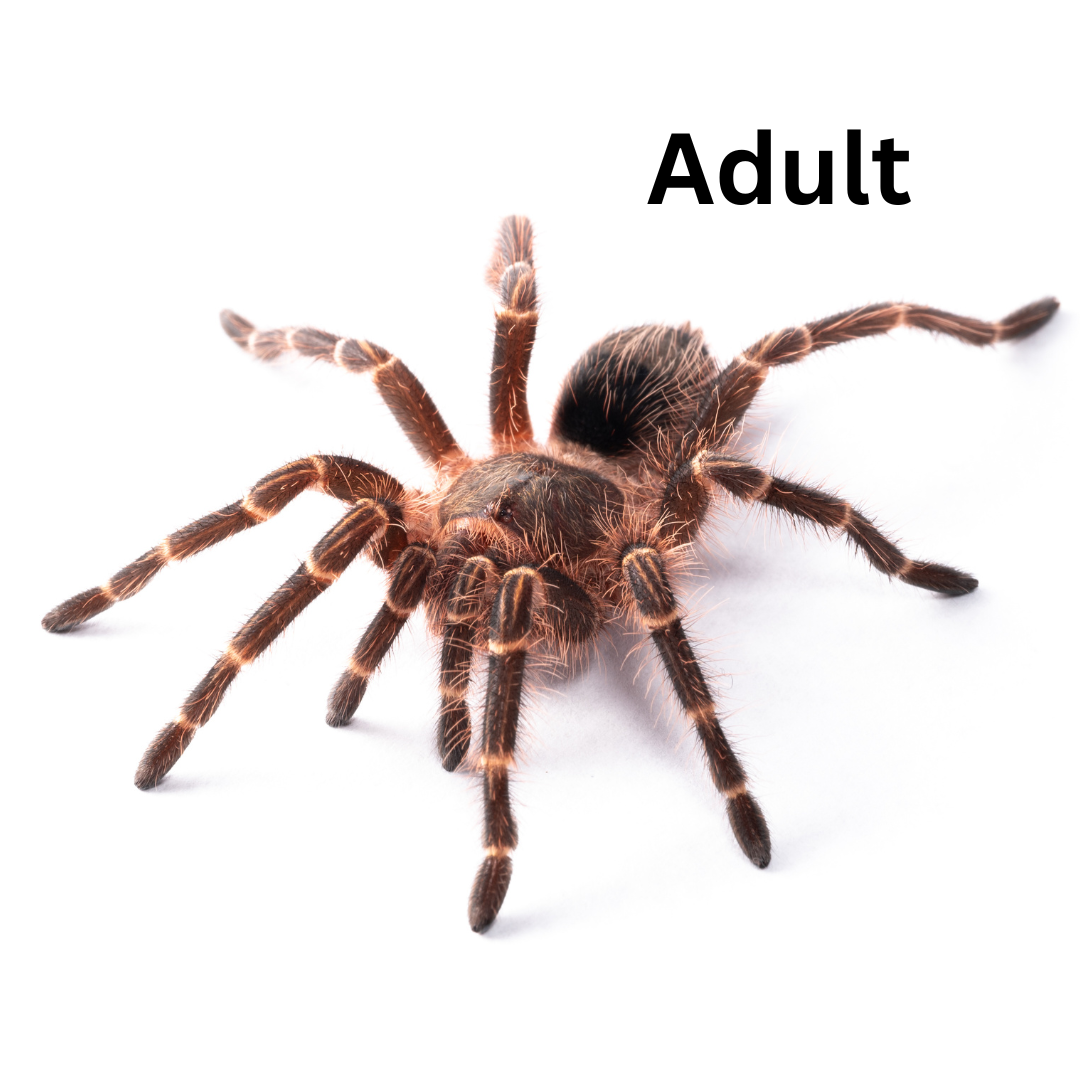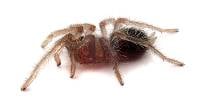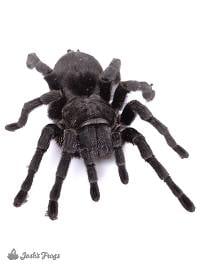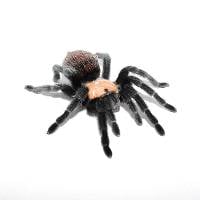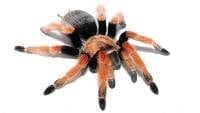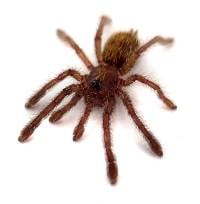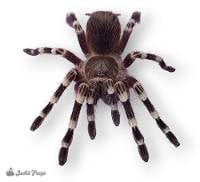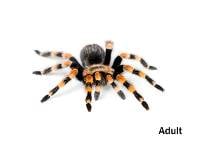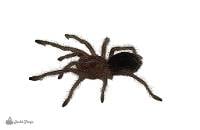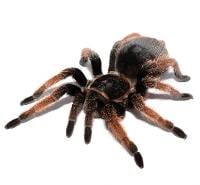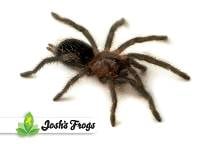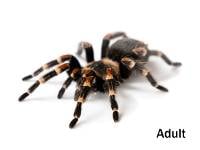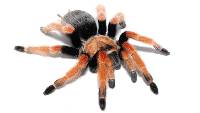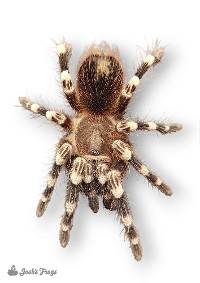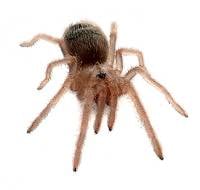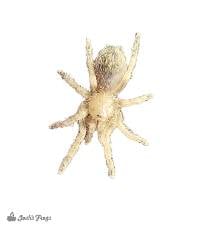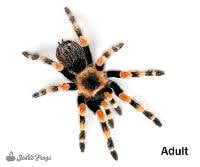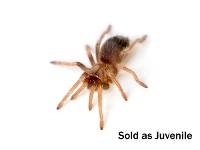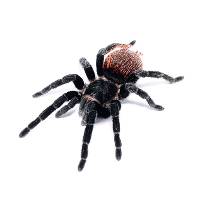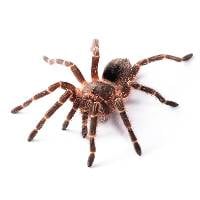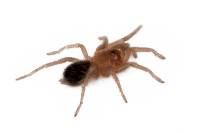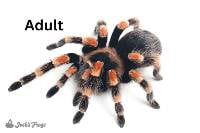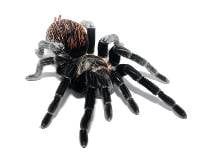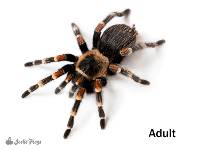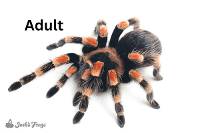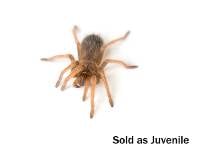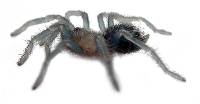Josh's Frogs
Moderate Terrestrial Tarantula Care
Moderate Terrestrial
How do I House My Tarantula? The surface area of the enclosure should be no less than two times the spider's diagonal leg span in one direction and three times the diagonal leg span in the other. The enclosure should be tall enough to accommodate 2"-3" of substrate for slings and 4"+ for adults. ABG mix, coco cradle, or Dig-It are good substrate options, but our Pet Bug Team prefers ABG all the way! We recommend against allowing your terrestrial spider more than two times their diagonal leg span as head space above their substrate as a fall from any higher could result in serious injury.
Temperature (°F): This species thrives in the mid 70s to low 80s. Temperatures regularly dipping below 65 degrees, or spiking above 85 degrees should be avoided.
Humidity: These spiders thrive in a slightly dry to slightly humid environment, the recommended ambient humidity should stay between 40% and 60%. This can be achieved by making sure that roughly ¼ to ½ of the substrate is always at least slightly moistened with at least ½ or more of the substrate staying dry. .
The enclosure sides and decor should be spritzed at least lightly around 2x a week to provide your animal droplets to drink from and keep humidity up, do not spray your spider directly.
Depending on your location, you may need tools such as a humidifier to achieve this environment. A hygrometer is a great way to monitor the humidity for your animal and see any needed adjustments .
What do I Feed My Tarantula?
Crickets and roaches no bigger than the spider's carapace are great food choices. Babies should be fed every 4-7 days, and adults should be fed every 7-10 days. Do not feed your animal for at least 7 days after it molts. Any food not eaten after 24 hours should be removed from the enclosure, it may stress out your tarantula or start to mold.
To introduce your pet into its habitat, remove the moss from the vial gently with tongs. You can gently coax the spider out when it is exposed or remove the top layer of moss and place the vial in the enclosure allowing the spider to wander out. Your spiderling may be stressed from shipment and either curl its legs around its front or attempt to bolt.
Applicable Tarantulas:
Brazilian white-knee, Mexican blue femur, Golden red rump, Mexican flame knee, Mexican fire leg, Mexican red knee, Mexican pink tarantula, Mexican giant orange knee, Brazilian wooly, Entre Rios, Brazilian black, Chaco gold-knee, Rose hair, Brazilian giant blonde, Kilimanjaro mustard baboon, Honduran curly hair, Nicaraguan curly hair, Guatemalan Red Rump Tarantula, Mexican red rump, Florida red rump, Mexican rose grey

